Intellectual Difficulty and Fairness in Tactical and Puzzle Games
Examining the difference between difficulty and fairness and how they apply to games
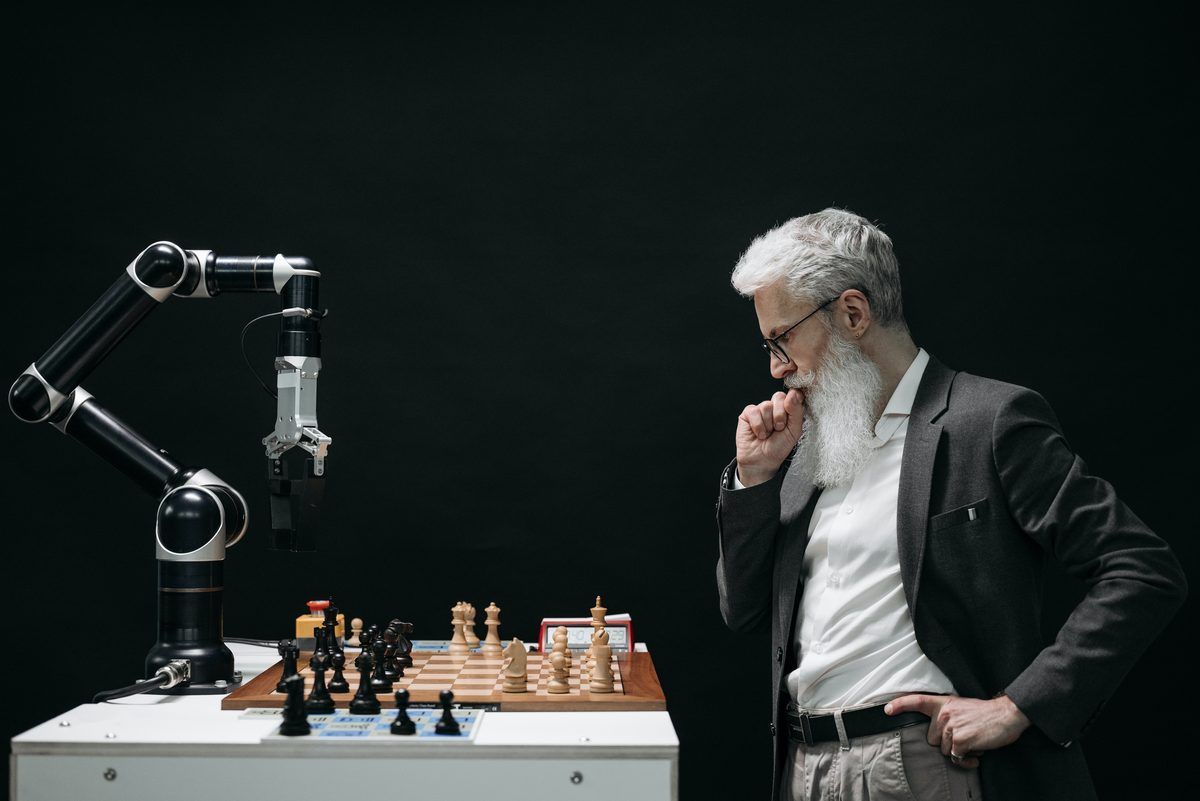
If, when we talk about video games like the Souls series there is a border that separates fair physical difficulty games from those that are unfair, then there must also be a border between tactical and puzzle games with fair and unfair ones in terms of intellectual difficulty. Based on that reasoning, today we are going to discuss what "intellectual difficulty" is, what the differences are compared to physical difficulty, and what makes gameplay fair or unfair when it comes to tactical and puzzle games.
Prominent chess player Johannes Zukertort once stated that "chess is the struggle against the error". I believe this also serves as a good intuition to understand what tactical games are in general: they are about recognizing your errors as well as your opponent's and using them to your advantage. Similarly, puzzle games also involve error recognition, but the emphasis is placed on the player's own errors (usually there is not even an opponent) and the solution is more directly obtained by logical-mathematical deduction.
In order to provide a good technical answer on what fair difficulty means in tactical and puzzle games, this article will be divided into three topics:
- the distinction between "intellectual difficulty" and "physical difficulty";
- the concept of "fairness" applied to video games with an emphasis on intellectual difficulty;
- some tips on how to make tactical or puzzle games fairer.
What is intellectual difficulty?
As we have known since at least Homo Ludens (1938), by Johan Huizinga, games (in general, not just video games) can be analyzed in two ways: for what they represent and for the challenge they provide. Some games have a greater representative focus (with more elaborate plots, for example), while others have a greater focus on challenge, which can be physical and/or intellectual.
The challenge design in a video game plays an interesting role in making the player engage in events that are "outside the real world" and the laws of nature but still obey certain rules of the game. This component in video games tends to bring them closer to sports that can be played with a single player or with many players.
Video games less focused on deep symbolic representation and more on an interactive challenge are cases in which what is most interesting is not the exercise of hermeneutics (the interpretation of meanings) but in its materiality and presence. Challenging video games, as well as sports, offer players and spectators "opportunities to immerse themselves in the realm of presence", as Hans Gumbrecht wrote in In Praise of Athletic Beauty (2006).
In video games, as in sports in general, this challenge can exist in two forms: physical or intellectual. Boxing, for example, is a sport where the intellectual challenge is negligible; it's all about physical challenge. By contrast, chess is all about the intellectual challenge. Of course, there is a gradation, as in many sports there is a physical challenge, but also a significant intellectual challenge. This is also the case in video games. A real-time strategy game, such as the Age of Empires series, tends to also require a significant physical challenge to take action quickly, whereas turn-based strategy games, such as the Advance Wars series, do not require reaction time.
Similarly, a fighting game usually has a high degree of physical challenge (due to reaction time and hand-eye coordination) while a puzzle game typically exhibits significant intellectual challenge due to requiring more logical thinking, for example. It is worth noting that physical difficulty is not necessarily associated with enemies, as a game may introduce physical challenges through platforming gameplay, as Chris Priestman analyzes very well in his essay Tomb Raider: The World Behind the Walls (Heterotopias, 2017). This point becomes very clear when comparing the traditional Tomb Raider classic experience with its puzzle version: Tomb Raider GO (2015), directed by Jason Botta.
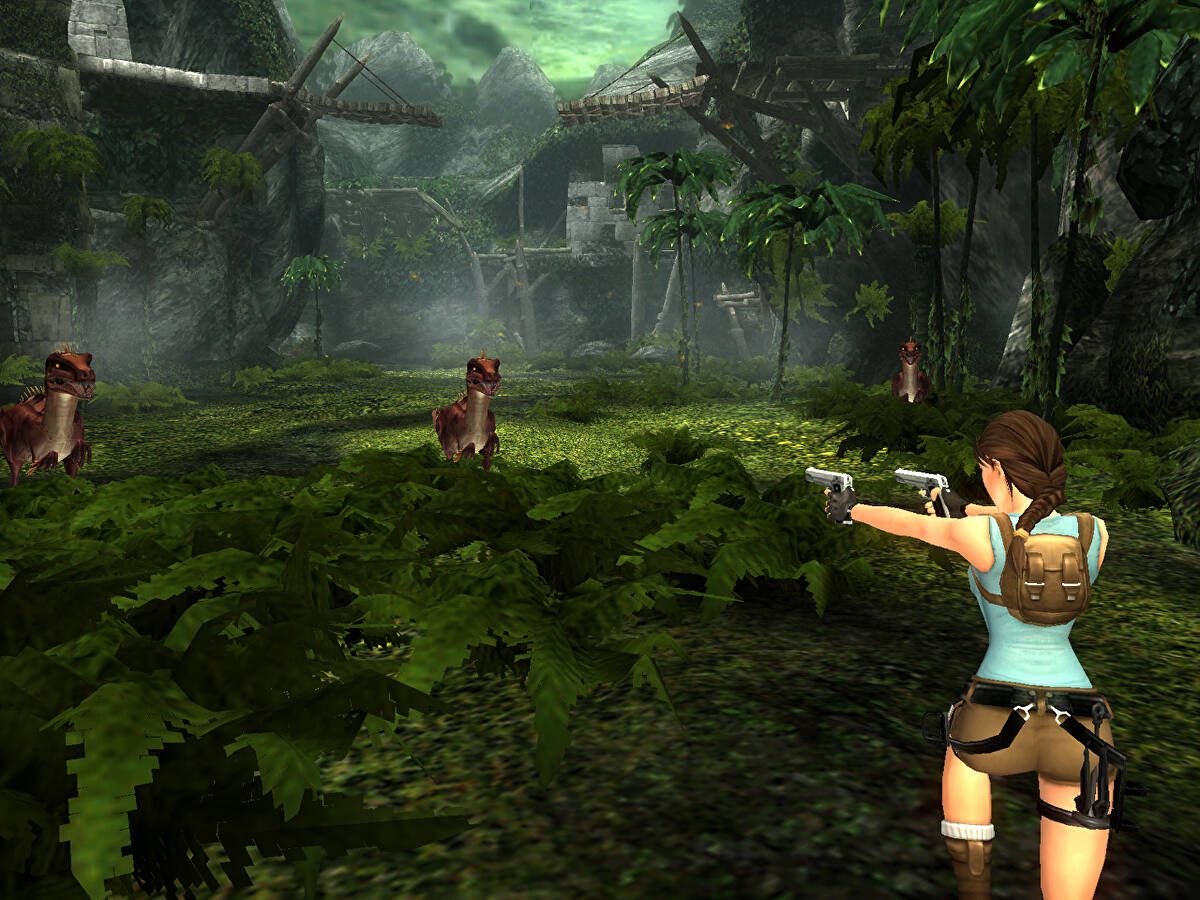
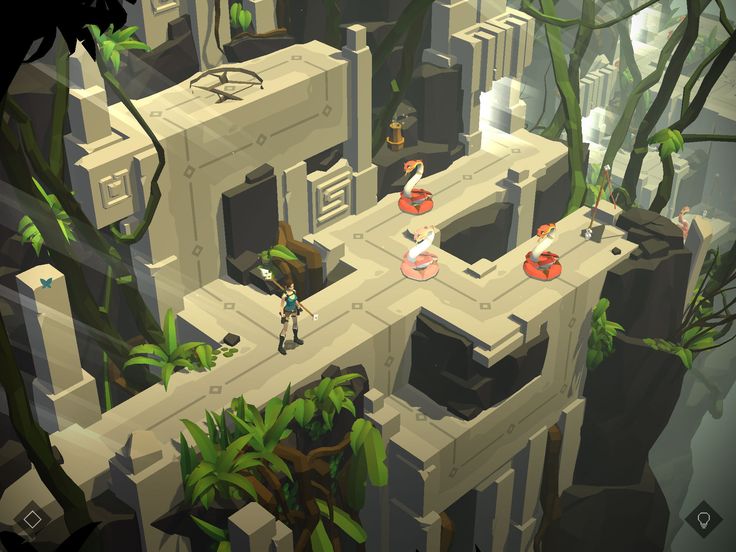
From left to right: Tomb Raider: Anniversary (2007); Tomb Raider GO (2015). Both by Crystal Dynamics.
Here at SUPERJUMP, Josh Bycer, in Debating Difficulty in Video Games (2021), discussed the difficulty theme but emphasized instances of physical difficulty. However, I would like to add a few words about how difficult a game becomes from an intellectual point of view. And this has to do conceptually with the same two reasons identified by Bycer:
- complexity of gameplay: the number of elements and functions assumed in the interactions;
- learning curve: learning design for the virtuous use of their systems.
If you want to delve deeper into the concept of "complexity" in game design, I wrote an article specifically about it, The Difference Between Complexity and Depth in Video Games (2022). Here I will limit myself to highlighting that puzzle and tactical games become more complex according to the number of elements and relationships involved in the expected reasoning that the player develops to obtain the solution of a problem or the victory of a battle. It is in this sense that it can be said that, objectively, Go is more complex than Chess, since there is greater variation in the possibilities of movement of units on the board.
In turn, the learning curve in puzzle and tactical strategy games grows easier as scalability increases and level design becomes more progressive. Thus from a learning curve viewpoint, Triangle Strategy (2022) is a much easier tactical RPG than Tactics Ogre (2011), which introduces the player to several complex systems and subsystems at once.
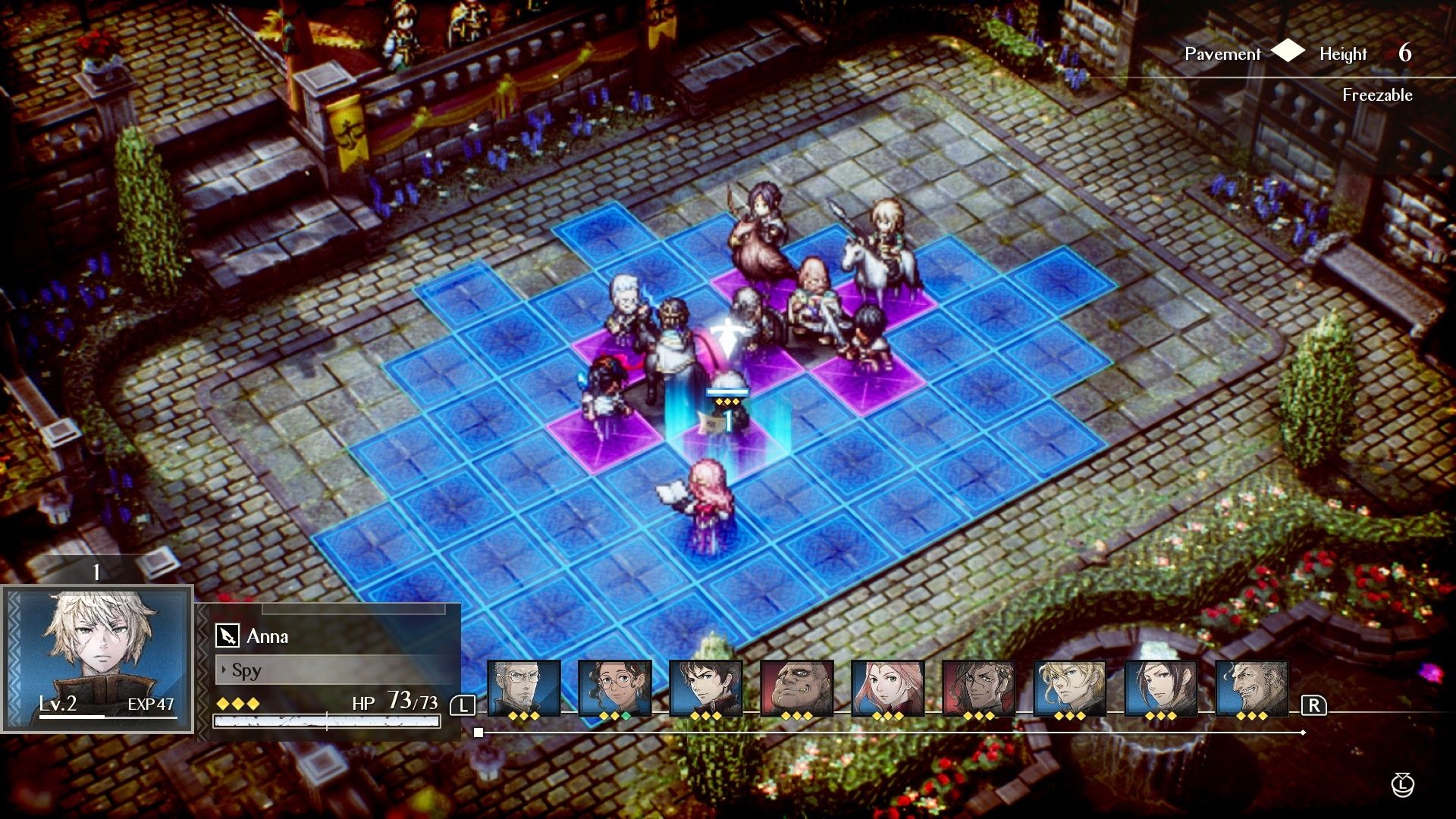
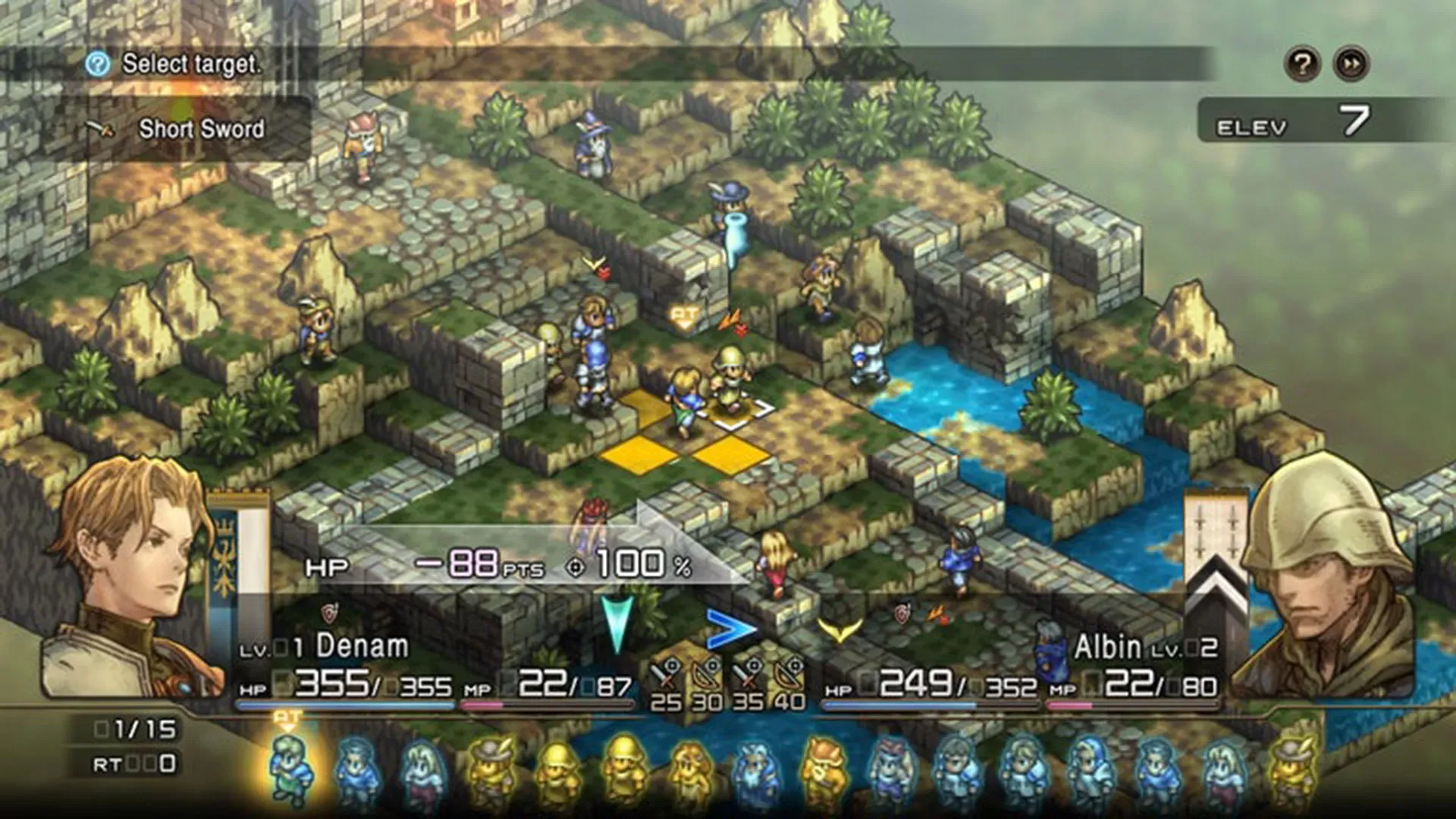
From left to right: Triangle Strategy (2022); Tactics Ogre: Reborn (2022). Early chapters of these games, and both by Square Enix.
What does "fair game" mean when it's a tactical or puzzle game?
In a recent SUPERJUMP article, What is Difficulty and Fairness in Video Games (2022), I developed two principles for fairness in video games, which were based on moral philosophy and on Huizinga's premise about the nature of games presented in the previous topic. The principles of fairness are as follows:
- Tranparency principle: (i) all obstacles faced by competitors (real players or computers) must be identifiable by them; and (ii) all game rules must be available to competitors.
- Parity principle: (i) the game must give equal conditions to competitors with equal ability and numbers; and (ii) the game gives unequal regulatory conditions to competitors with disproportionate ability or numerical disadvantage.
From these two principles, we can immediately infer that for most puzzle games these principles do not even apply, as they do not have enemies or competitors. Video games like The Witness (2016), by Jonathan Blow, or Baba is You (2019), by Arvi Teikari, are neither fair nor unfair, they just have different degrees of difficulty.

On the other hand, tactical games usually, in addition to having different degrees of difficulty, also have different degrees of fairness. Even if it is an offline tactical game, where the dispute is against a computer, still a game needs to be fair, as far as possible. This is no different than when a chess player competes against a computer it is unreasonable for the computer to start the game with more units than him, for example.
We say that a tactical game is fair when it complies with the principles of parity and transparency. I will give examples: In Fire Emblem: Three Houses (2019) — directed by Toshiyuki Kusakihara e Genki Yokota - before you attack an enemy you can know the percentage of hit chance. This ensures transparency of data that your enemy also takes into account when choosing his plays. Hypothetically, if this information was omitted from the player, it would make the game more unfair, blinding the player in the face of a variable that only his opponent knows.

Now for an example about parity. "Equality of conditions" does not necessarily mean that competitors need to have the same number of units. Unlike Chess, in Go a player can start with fewer pieces than his opponent in case he is a less skilled player. This also happens in tactical video games, when they offer difficulty modes, for example.
Thus, a tactical game does not meet the parity requirement when it places a beginning player against a very powerful army. Game designers always need to create the right conditions for the game to be difficult by having an intelligent opponent, and not simply by having an opponent with huge war power.
Note that by these examples, being fair or unfair in a game is not "absolute", but it depends on degrees. A game can be fair in one aspect and unfair in another aspect. A tactical game may, for example, be transparent with some status, but omit others that are important. In addition, these criteria of fairness are independent of those for difficulty: a tactical game can be hard and unfair, hard and fair, easy and unfair, or even easy and fair.
On the other hand, a puzzle game (which does not usually presuppose opponents) is usually neither unfair nor fair, but only hard or easy (to varying degrees).

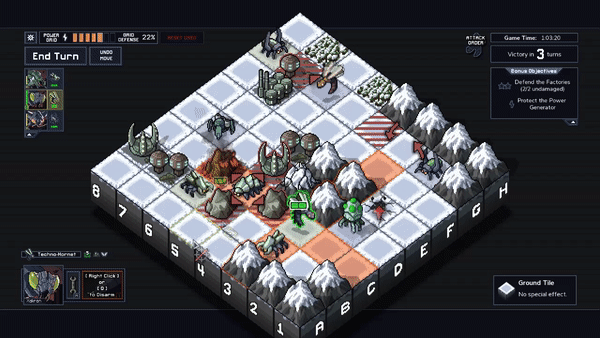
From left to right: A Monster's Expedition (2021), by Draknek & Friends; Into The Breach (2018), by Subset Games. Source: SUPERJUMP.
Conclusion
If you are making a puzzle game and it does not have enemies, you have one less problem (it will probably be a "fair game"), but you should be very careful with the difficulty. The easiest way to deal with complexity and learning curve is to try to focus on one core mechanic and slowly extract the potential from it. A Monster's Expedition (2021) by Alan Hazelden and Patrick's Parabox (2022) by Patrick Traynor are good recent examples of this that start with a very simple principle. Check out these games, they are really worth it.
On the other hand, if you are developing a tactical game, you need to be especially aware of the "fairness" of your game. Be careful not to leave the algorithm that governs the opponent's moves with game information that is not transparent to the player. Also, to increase difficulty, always try to invest in the opponent's intelligence instead of making it dumb and dependent on war power, unless you have a good narrative reason for it. Into The Breach (2018) — by Justin Ma and Matthew Davis — is a relatively recent game that does it very well in a minimalist way and for different difficulties.
